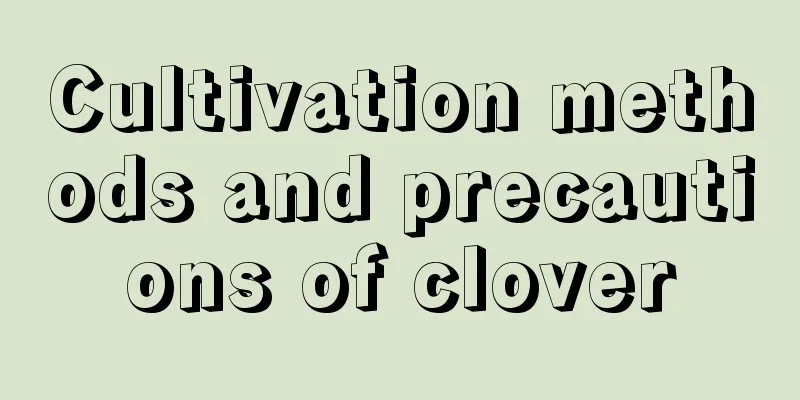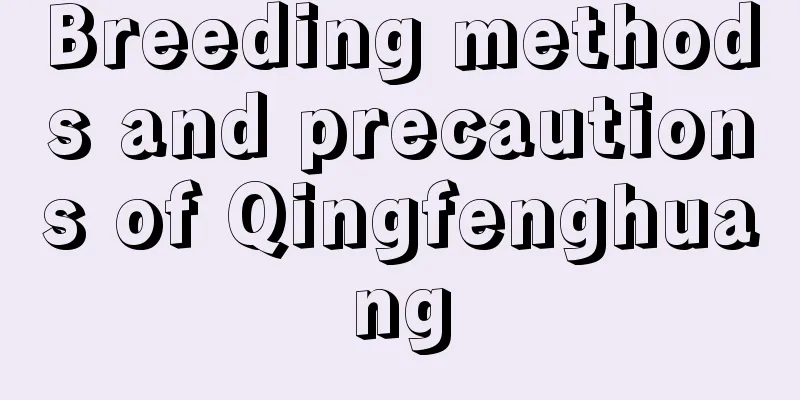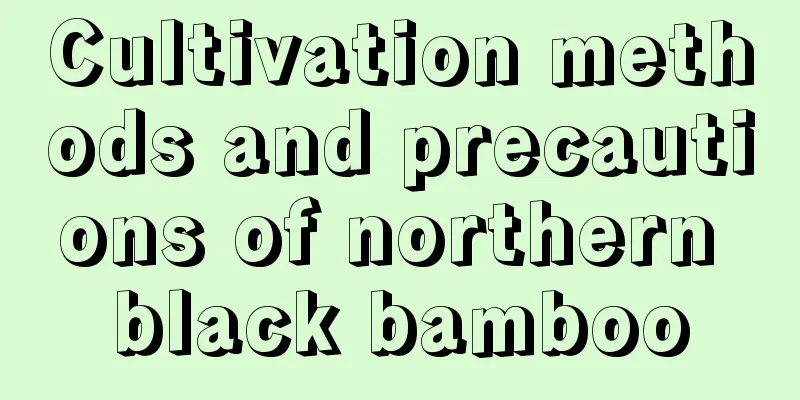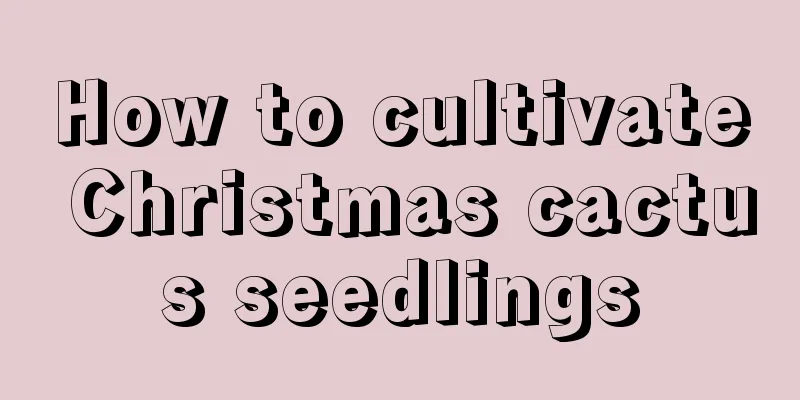Cultivation methods and precautions of clover

How to grow cloversoilThe seeds of clover are relatively small, so their ability to emerge from the soil is weak, and the seedlings are relatively slender, so they grow relatively slowly during the seedling stage. Therefore, before sowing, the soil must be prepared, shallowly plowed and debris removed to make the soil clods small. At this time, the soil becomes loose and conducive to sowing. Sowing and seed treatmentThe best time to sow clover is spring and autumn. The suitable sowing temperature should be 19-24℃. Sowing can be carried out when the spring temperature is stable above 15 degrees Celsius. Autumn sowing can be carried out in mid-to-late September. The seeds must be soaked before sowing, and the sowing depth should be 1-2cm. If it is too deep, it may cause difficulty in germination. Post-planting managementAfter sowing clover and before germination, if the soil is compacted, it should be loosened in time to facilitate germination. Because clover grows relatively slowly in the seedling stage, it is very susceptible to weeds. The soil should be loosened and weeded 1 to 2 times during the seedling stage. In addition, disease and pest control work should be done to ensure the smooth growth of clover. When the soil is dry, it is important to retain water. Keeping the soil moist is more conducive to the growth of clover. FertilizationClover belongs to the legume family, so it has the ability to fix nitrogen. However, during its seedling stage, a small amount of nitrogen fertilizer is still needed to help the seedlings grow strong, otherwise the plants will be short and the leaves will turn yellow. After the seedlings grow strong, you can also apply a certain amount of phosphorus and potassium fertilizers. Things to note when growing cloverPests and diseasesClover has common diseases and pests. Sclerotinia and viral infection are the main diseases of clover. If clover is infected with the disease, we can either pull out the diseased plants to cut off the source of the disease , or use chemical agents. The more common pests include leafhoppers, cutworms, and white cabbage butterflies. We need to use special insecticides or pesticides to kill these pests. |
<<: What are the varieties of clover?
>>: The difference between cat's eye arrowroot and peacock arrowroot
Recommend
What are the effects of drinking osmanthus tea? How to make osmanthus tea
1. Function 1. Protect the stomach and intestines...
Is the red spider lily poisonous? Can I touch it? Is the red spider lily a poisonous plant?
1. Is it poisonous? The red spider lily is poison...
How to grow saffron on the balcony, what should you pay attention to
1. Maintenance methods 1. Light: Saffron is a pla...
Cultivation methods and precautions of golden chrysanthemum
1. Maintenance methods 1. Substrate: Conejaculate...
How to deal with roses not blooming
1. Increase lighting 1. Reason: Roses love sunlig...
How often should I water my roses?
How often should I water the rose? Roses need mor...
How to grow Jade Flower at home
Jade Flower Growth Conditions Jade Plant likes fl...
Why the cabbage I grow doesn’t curl (what should I do if the cabbage I grow at home is difficult to curl)
If the reason that the cabbage leaves do not curl...
How many years does it take for seabuckthorn trees to bear fruit?
Introduction to Planting Seabuckthorn Trees When ...
What are the methods and precautions for growing roses?
Rose Introduction Rose is a plant of the genus Ro...
One pot is equivalent to a treasure box! You’ll lose out if you don’t grow these 8 kinds of flowers in summer!
Mosquito repellent grass Every summer there are a...
When is the best time to sow sweet alyssum seeds?
Sweet alyssum seeds sowing time Sweet sweet grass...
Characteristics of Camellia
1. Appearance characteristics There are records o...
Cultivation methods and precautions of Chlorophytum comosum
Chlorophytum comosum is an easy plant to grow, bu...
How to care for newly bought flowers at home?
1. Plant Purchase Requirements If you are not sur...









